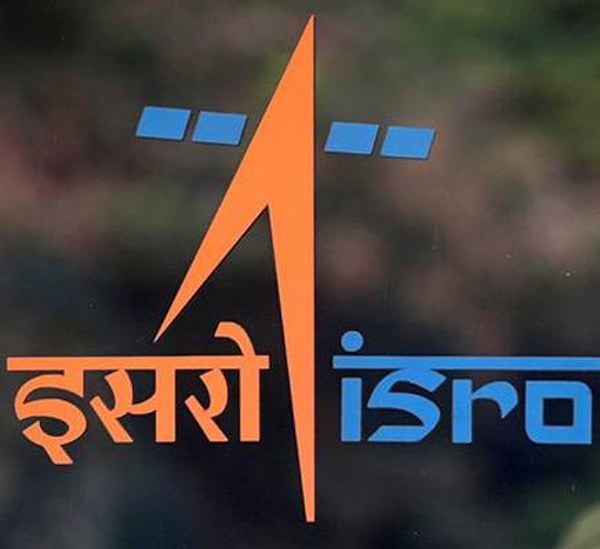The Indian space agency will begin this year’s romance with space missions on Valentine’s Day, on February 14, by having one more eye in the sky with the radar imaging satellite RISAT-1A or EOS-4.
According to the Indian Space Research Organisation (ISRO), the Polar Satellite Launch Vehicle-C52 (PSLV-C51) carrying 1,710 kg EOS-04 is scheduled to lift off at 5.59 a.m. on February 14.
The rocket will also carry two small satellites as co-passengers—a student satellite (INSPIREsat-1) from Indian Institute of Space Science & Technology (IIST) in association with the Laboratory of Atmospheric & Space Physics at the University of Colorado, Boulder and a technology demonstrator satellite (INS-2TD) from ISRO, which is a precursor to India-Bhutan Joint Satellite (INS-2B).
The rocket will blast off the first launch pad at India’s rocket port in Sriharikota in Andhra Pradesh. The EOS-04 will be put into a sun-synchronous polar orbit of 529 km.
EOS-04 is a Radar Imaging Satellite designed to provide high-quality images under all weather conditions for applications such as agriculture, forestry and plantations, soil moisture, hydrology, and flood mapping.
A repeat microwave remote sensing satellite of Risat-1 is configured to ensure the continuity of SAR in C-Band, providing microwave data to the user community for operational services.
The satellite will play a strategic role in the nation’s defence with its capability to operate in the day, night, and all weather conditions with a mission life of five years. The satellite has high data handling systems and high storage devices, among other things.
The 25 hours and 30 minutes countdown for the launch would commence at 4.29 a.m. on February 13, after authorisation by the Launch Authorisation Board.
The launch of three satellites will follow the RISAT-1A flight – OCEANSAT-3, INS-2B, ANAND- by PSLV-C53 in March and Micro SAT by the newly developed small rocket Small Satellite Launch Vehicle (SSLV) in April.
Further, the launch of the four-ton communication satellite GSAT-24 is also scheduled during the first quarter of this year using the Ariane 5 rocket owned by Arianespace.
You may also like
-
New Heat-Based Approach To Cancer Treatment Can Reduce Chemotherapy Doses
-
Scientists Take A Major Step Towards Unification Of Classical & Quantum Gravity
-
India Graphene Engineering and Innovation Centre (IGEIC) Under the Vision of Viksit Bharat@2047 Launched
-
New High-Performance Gas Sensor can Monitor Low Level Nitrogen Oxides Pollution
-
Antidepressant Drug can be Repurposed for Treating Breast Cancer
